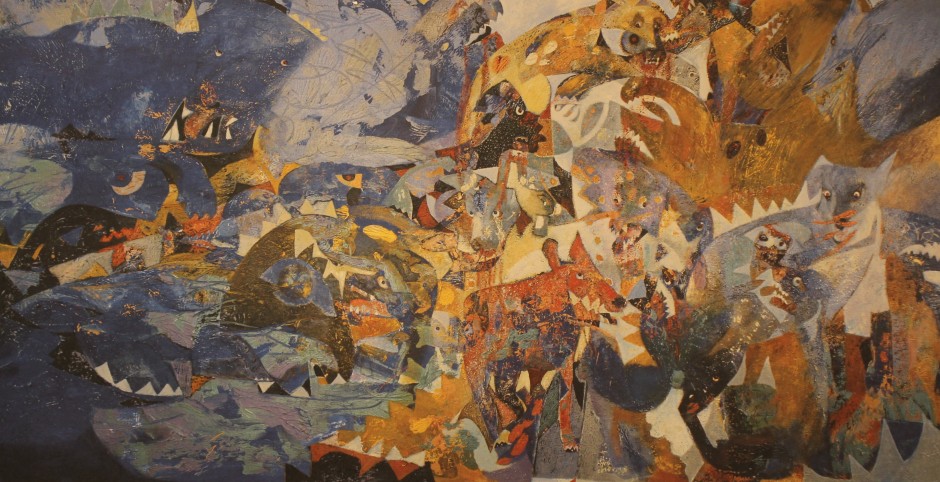
Joni Mitchell
Joni Mitchell’s work – both her music and her visual art – are highly respected by critics, and she has deeply influenced fellow musicians in a diverse range of genres. Rolling Stone has called her “one of the greatest songwriters ever”, and AllMusic has stated: “when the dust settles, Joni Mitchell may stand as the most important and influential female recording artist of the late 20th century”. Her lyrics are noted for their developed poetics, addressing social and environmental ideals alongside personal feelings of romantic longing, confusion, disillusion, and joy.
Mitchell began singing in small nightclubs in Saskatchewan and Western Canada and then busking in the streets and dives of Toronto. In 1965, she moved to the United States and began touring. Some of her original songs (“Urge for Going”, “Chelsea Morning”, “Both Sides, Now”, “The Circle Game”) were covered by folk singers, allowing her to sign with Reprise Records and record her debut album in 1968. Settling in Southern California, Mitchell, with popular songs like “Big Yellow Taxi” and “Woodstock”, helped define an era and a generation. Her 1971 recording Blue was rated the 30th best album ever made in Rolling Stone’s list of the “500 Greatest Albums of All Time”. Mitchell switched labels and began moving toward jazz rhythms by way of lush pop textures on 1974’s Court and Spark, her best-selling LP, featuring the radio hits “Help Me” and “Free Man in Paris”.
With roots in visual art, she has designed her own album artwork throughout her career. She describes herself as a “painter derailed by circumstance”.